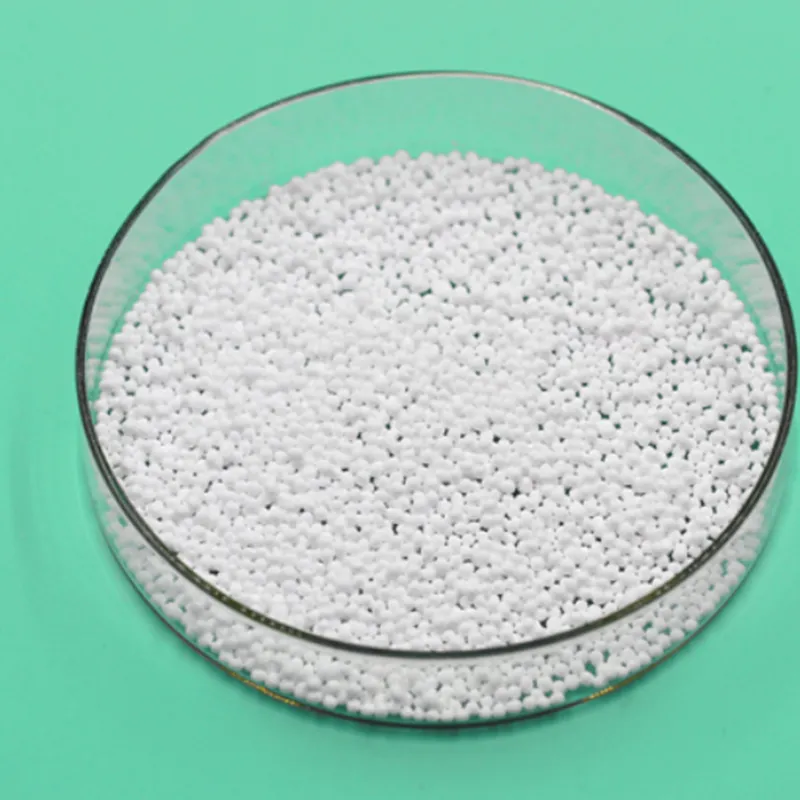
Formic Acid Solutions in Aqueous Environments and Their Chemical Properties
The Interaction of Formic Acid in Water An Insight into Its Properties and Applications
Formic acid, also known as methanoic acid, is the simplest carboxylic acid represented by the chemical formula HCOOH. It is a colorless, pungent-smelling liquid that is highly soluble in water. This unique property has made formic acid a subject of significant interest in various scientific and industrial applications. When introduced to water, formic acid engages in a series of interactions that influence its behavior, reactivity, and utility.
Dissociation in Water
Upon dissolving in water, formic acid undergoes partial dissociation, releasing protons (H⁺) and formate ions (HCOO⁻)
. This dissociation process can be described by the following equilibrium reaction\[ HCOOH \leftrightarrow H^+ + HCOO^- \]
The extent of this dissociation is characterized by its acid dissociation constant (Ka), which indicates that formic acid is a weak acid. Because of its weak acidity, solutions of formic acid in water are generally considered safe to handle, provided the concentrations remain reasonable.
The pH of formic acid solutions varies depending on the concentration. A higher concentration of formic acid results in a lower pH, demonstrating pronounced acidic properties. For example, a 1M solution of formic acid typically exhibits a pH of around 2.8, providing valuable insights into its potential uses in fields such as biochemistry and agriculture.
Industrial and Laboratory Applications
formic acid in water

Formic acid's solubility and acidic properties make it a versatile compound in various applications. In laboratories, it serves as a reagent in organic synthesis, enabling the formulation of more complex molecules. Particularly in the production of esters and as an intermediate in the synthesis of various organic compounds, its ability to act as both an acid and a reducing agent is invaluable.
In industrial settings, formic acid finds applications in leather tanning, textile processing, and the manufacture of preservatives and disinfectants. Its antimicrobial properties make it effective in the preservation of animal feeds and silage, contributing to the agricultural sector. The compound is also used in the formulation of cleaning agents and is being explored as a potential green solvent due to its biodegradability.
Environmental and Safety Considerations
Although formic acid is less toxic compared to many other acids, safety precautions should always be taken during its handling. Exposure to concentrated formic acid can lead to irritation of the skin and eyes. Therefore, it is important to use appropriate personal protective equipment (PPE) when working with this compound.
From an environmental perspective, aqueous solutions of formic acid can contribute to the acidification of water bodies; hence, careful management is essential to mitigate any potential ecological impacts. Nevertheless, its biodegradability offers an advantage compared to synthetic alternatives, as it can be broken down through natural processes without leaving a lasting environmental footprint.
Conclusion
In summary, the interaction of formic acid with water underscores its significance as a weak acid with diverse applications across various domains, including chemistry, agriculture, and environmental science. Understanding the properties and behaviors of formic acid in aqueous solutions not only enhances its utility in scientific research but also promotes safer and more efficient practices in industrial applications. Whether as a reagent in laboratories or as a preservative in agriculture, formic acid continues to play a crucial role in advancing several fields of study and industry.
-
Buy High-Quality Trichloroisocyanuric Acid for Sale | TCCA 90% SupplierNewsAug.30,2025
-
Pure Sodium Dichloroisocyanurate Dihydrate | Powerful DisinfectantNewsAug.29,2025
-
Industrial Chemicals: Quality & Purity for Every IndustryNewsAug.28,2025
-
Nitrile Rubber Honoring Strict Production StandardsNewsAug.22,2025
-
Aspartame Ingredients Honoring Food Safety ValuesNewsAug.22,2025
-
Fertilizer for Balanced Plant NutritionNewsAug.22,2025
-
Cyanide Gold Processing with High Purity AdditivesNewsAug.22,2025
Hebei Tenger Chemical Technology Co., Ltd. focuses on the chemical industry and is committed to the export service of chemical raw materials.
-

view more DiethanolisopropanolamineIn the ever-growing field of chemical solutions, diethanolisopropanolamine (DEIPA) stands out as a versatile and important compound. Due to its unique chemical structure and properties, DEIPA is of interest to various industries including construction, personal care, and agriculture. -

view more TriisopropanolamineTriisopropanolamine (TIPA) alkanol amine substance, is a kind of alcohol amine compound with amino and alcohol hydroxyl, and because of its molecules contains both amino and hydroxyl. -

view more Tetramethyl Thiuram DisulfideTetramethyl thiuram disulfide, also known as TMTD, is a white to light-yellow powder with a distinct sulfur-like odor. It is soluble in organic solvents such as benzene, acetone, and ethyl acetate, making it highly versatile for use in different formulations. TMTD is known for its excellent vulcanization acceleration properties, which makes it a key ingredient in the production of rubber products. Additionally, it acts as an effective fungicide and bactericide, making it valuable in agricultural applications. Its high purity and stability ensure consistent performance, making it a preferred choice for manufacturers across various industries.





